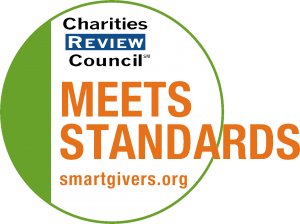Impact and Programs
Accomplishments
During the 2023-2024 school year, 179 children partnered with 79 adult Literacy Mentor/Tutor in 2 to 4 sessions per week. Students received 5,729 hours of literacy tutoring, one on one with a trained adult tutor. 132 parents participated in one or more Family Engagement activities.
Students were assessed three times during the school year using nationally recognized assessments.
Results
Kindergarten: 100% met benchmark for letter name and sound identification, 58% met benchmark for high-frequency word identification.
1st Grade: 63% met benchmark for fluency and/or accuracy, 58% made accelerated growth in fluency and/or accuracy.
2nd Grade: 60% met benchmark for fluency and/or accuracy, 60% made accelerated growth in fluency and/or accuracy.
3rd Grade: 35% met benchmark for fluency and/or accuracy, 77% made accelerated growth in fluency and/or accuracy.
85% of studentsK-3, demonstrated social emotional growth.
Current Goals
ESLC will tutor at least 170 K-3rd grade children in two or four weekly one-on-one Literacy Mentoring sessions. ESLC measures success by assessing the growth of children who complete 2 hours of literacy mentoring a week. Students are assessed using national normed assessments three times per year to determine benchmark (met grade level reading expectations) and accelerated growth (made more than one year growth). Formal progress monitoring occurs monthly for pre-fluency readers. ESLC measures the success of its programs by assessing the growth of children in the program. Social-emotional growth from the fall to spring based on the Panorama Assessment (elementary). First - third grade children demonstrate accelerated reading growth based on The Acadience Reading Literacy Assessment. Kindergarteners meet grade-level benchmarks for the required number of letter names, letter sounds and high-frequency words. ESLC's goals are that 70% of students demonstrate social-emotional growth based on the Panorama Assessment, 60% of 1st-3rd grade children demonstrate accelerated reading growth based on The Acadience Reading Literacy Assessment (previously DIBELS Next) and 80% of kindergarten children meet benchmarks for the number of letter names, letter sounds and high-frequency words.
Community or Constituency Served
East Side Learning Center focuses on improving literacy for children in grades K-3 who are reading below grade level. Our organization serves communities in St. Paul where many families face extreme economic hardship as demonstrated by residing in subsidized housing complexes or qualification for school’s previously offered free and reduced lunch program, are children of color based on the demographics of their school or neighborhood and are dual language learners based on the demographic data of their school and neighborhood.
Geographic Area Served
East Side Learning Center provides literacy tutoring in communities where literacy rates are below the state average, aiming to close the achievement gap. ESLC partners with schools and community sites in the East Metro Twin Cities area with a focus in Saint Paul, MN, an area with higher than average poverty rates and increasing populations of immigrant families. We prioritize schools and communities where literacy support is critically needed, where children often face significant barriers to academic success.
